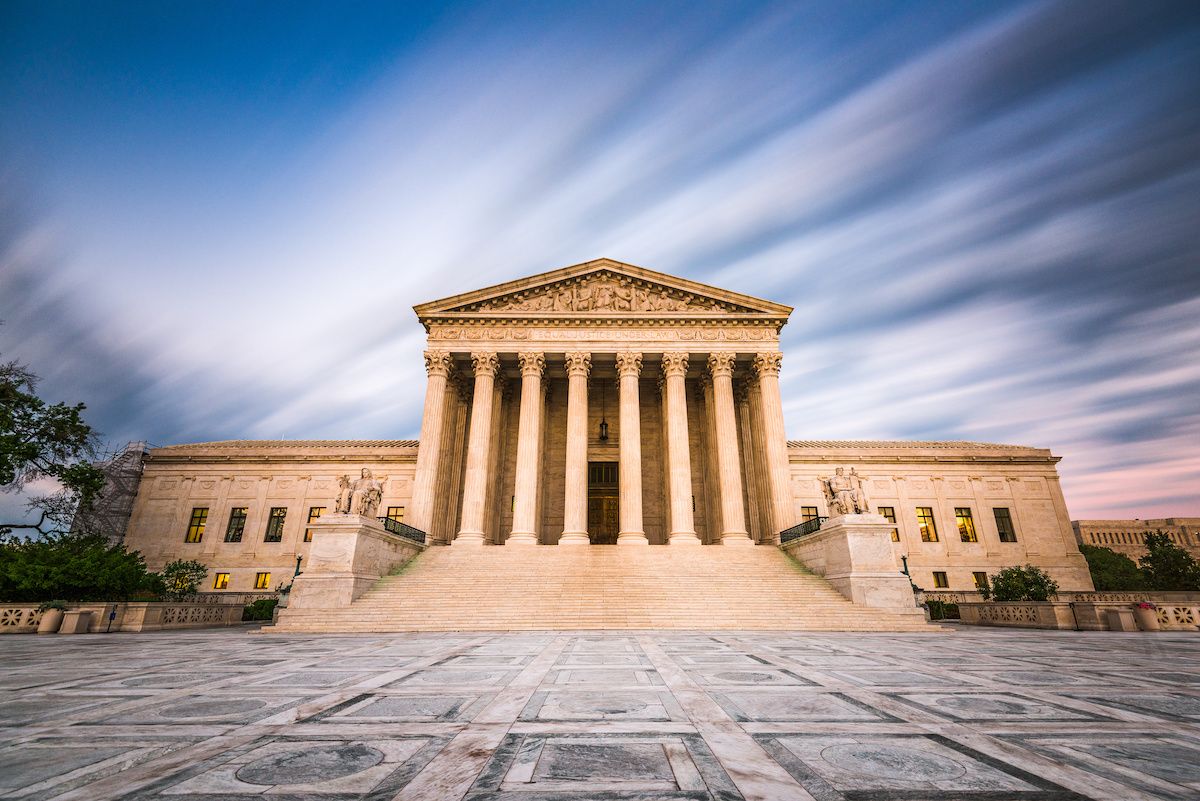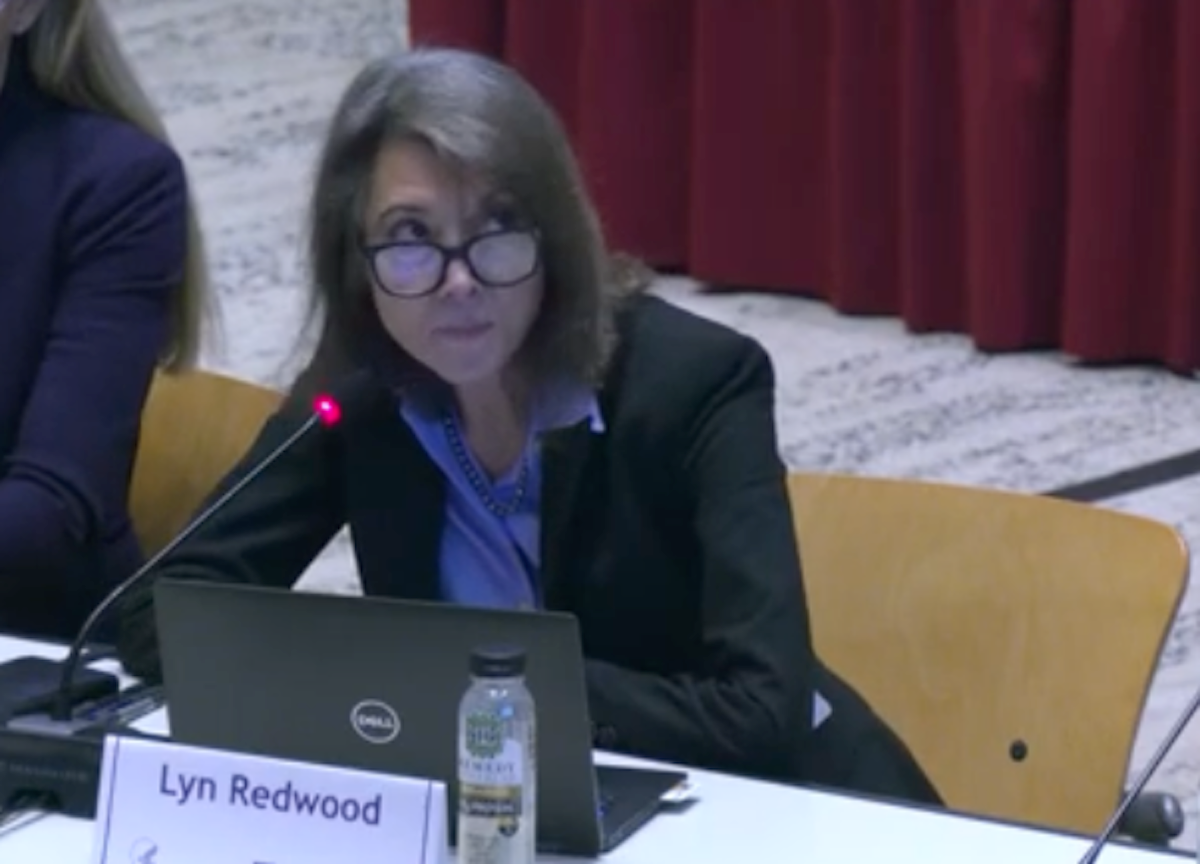News
Article
Health insurance covered 92.1% of Americans in 2022
Author(s):
Census Bureau releases estimates that show uninsured rate is decreasing in recent years.
© wladimir1804 - stock.adobe.com

Health insurance coverage rates increased in 2022 from the year before, with 92.1% of the American population having health insurance at some point last year.
The U.S. Census Bureau tallied the figures for “Health Insurance Coverage in the United States: 2022,” a current population report published this week.
Yearly rates may change due to economic trends, population demographics, and policies affecting access to care, the report said. Those factors include returning to work after the COVID-19 pandemic and continuing coverage by Medicaid for 2022, the report said.
Generally, the uninsured rate has decreased in the last 10 years, said “Estimates of Health Insurance Coverage, 2013 to 2022,” an accompanying Census Bureau report.
“Data show that the uninsured rate declined over time,” that report said. Private coverage increased due to the Affordable Care Act, “leveled off, and then decreased over the COVID-19 pandemic, and rates of public coverage and Medicaid coverage also experienced both incrases and decreases over the 2013 to 2022 time period.”
The Census Bureau used an estimated population of 330 million people, with 304 million reporting some form of health insurance during 2022. Those figures are up from estimates of 328.1 million people total and 300.9 million insured in 2021.
Employment-based health insurance was the most common form, with 54.5% of the population, or 179.8 million people, having coverage at some time in 2022. That was not statistically different from 2021, although the uninsured rate for working adults aged 19 to 64 years dipped 0.8% from 2021 to 2022.
Adults aged 19 to 25 years had the highest rate of no insurance for the entire year at 14%, down from 14.9% in 2021. By age groups, the uninsured rates for working adults saw decreases from 2021 to 2022:
- 13.5% to 12.5% for adults aged 26 to 34 years
- 11.9% to 11.2% for those aged 35 to 44 years
- 9.4% to 8.6% for those aged 45 to 64 years
The other common types of health insurance and population percentages were:
- Medicaid, 18.8%, or about 62 million people
- Medicare, 18.7% or about 61.57 million people
- Direct-purchase coverage, 9.9%, or about 32.8 million people
- Tricare health insurance for the armed forces, 2.4%, or about 7.81 million people
- U.S. Department of Veterans Affairs and its Civilian Health and Medical Program (CHAMPVA), 1%, or about 3.35 million people
Regarding the public forms of health insurance, Medicare increased by 0.3% year over year. “This increase was in part due to growth in the number of people aged 65 and older,” the report said.
Older people are more likely to have health insurance due to eligibility for public health programs, including Medicare which covered 93.6% of adults aged 65 years and older, the report said.
Medicaid, VA, and CHAMPVA rates did note have a significant change year to year, the report said.
For children under 19 years old, 35.5% were covered by Medicaid or the Children’s Health Insurance Program (CHIP). Health insurance is associated with family income-to-poverty ratios, with some families able to afford private health insurance and some qualifying for public health coverage.
“Further, policies implemented in 2020 in response to the COVID-19 pandemic may have increased access to and affordability of public and private health coverage,” the report said.
For those living in poverty, private health insurance rates were 15.7% for children under age 19 and 28.7% for adults aged 19 to 64 years.





